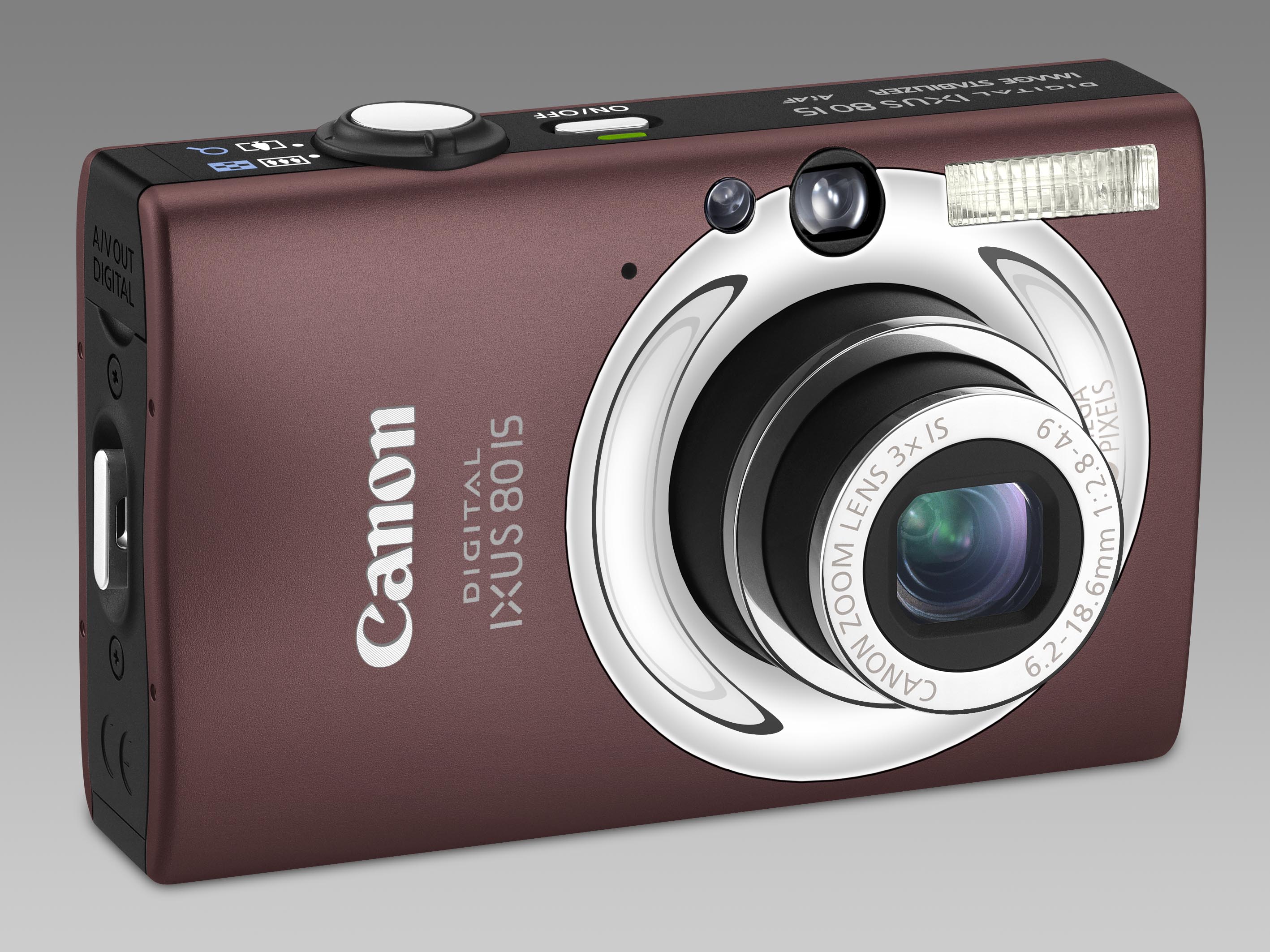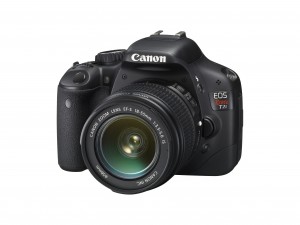
Photography is an interesting hobby and a venerable profession. It’s also an art to take good quality pictures. The difference between a rookie and a professional could just be that the professional might be more experienced and more knowledgeable than the beginner. While experience has to be gained and can only come with trial and error, the knowledge part is easy. Here are some tips for you to start with:
You have to do the work, not the digital cameras: Digital cameras are just tools and having a better digital camera or the most expensive one in the market doesn’t make your photographs the best in the world. If tools were to determine success, almost anyone would have made it big. Skill and the hard work you put in is what matters. Remember that the camera isn’t doing the work for you. However, it’s going to make your work easier and more efficient. For instance, you can preview pictures on your screen to decide if you want to keep it or delete it, expensive films and reels are done away with, memory capacity and hence the ability to shoot more pictures is now possible, instant transfer of photos to computers for processing is easier than ever.
Consider using a polarizer: If you have to take pictures in the great outdoors, consider using a polarizer. Using a polarizer helps you take out pictures with much richer and saturated colours bereft of reflections, glare and other external elements that can ruin the clarity of the image. In situations where you can’t use a polarizer, consider using a shade or a pair of sunglasses which are placed close to the camera lens. The trick is to keep the light source perpendicular to the object you want the pictures for.
Shine is good; especially for outdoor portraits that glitter: Digital cameras have flash or fill-flash mode that is pure genius since it allows you to control how you use the flash feature on your camera when you shoot pictures. It’s almost intuitive as it comes on when you think you need it. If you are outdoors, especially where there are bad lighting conditions, the flash feature is usually your best friend. Ever witnessed how photographers work in weddings? They add enough flash to bring in the light – as much as possible – to develop great looking, professional photographs and portraits. For better results, you may nudge the subject into a shade and illuminate the area using flash.
Close-ups need care: If you ever had to take a close-up photograph of your subject – inevitably for one reason or the other- it might be difficult for you to crouch or fall flat on the ground for this and hence you must learn the art of zooming in take close-ups. Look for the ‘Macro-mode’ or the close-up symbol on your digital camera and use it to zoom in on your subject. Some digital cameras have a way to tell you to shoot by showing some digital graphics on your screen; you may very well use this feature to click away. Emphasize on the subject and go easy on the surroundings for best results.
These four tips listed above are a great starting point to begin improving the quality of the shots you take, but to really start obtaining professional grade, quality photos, you’ll need to be certain you have a suitable camera lens to do the job.





